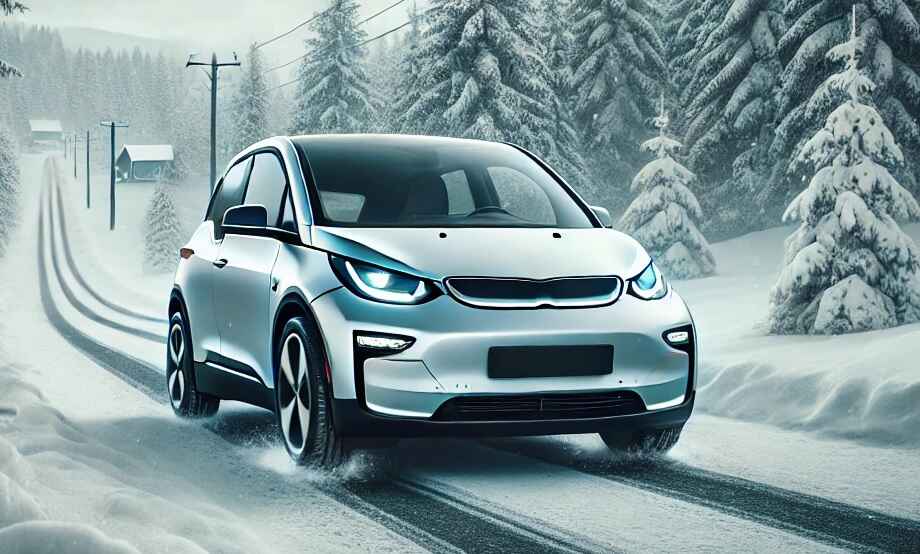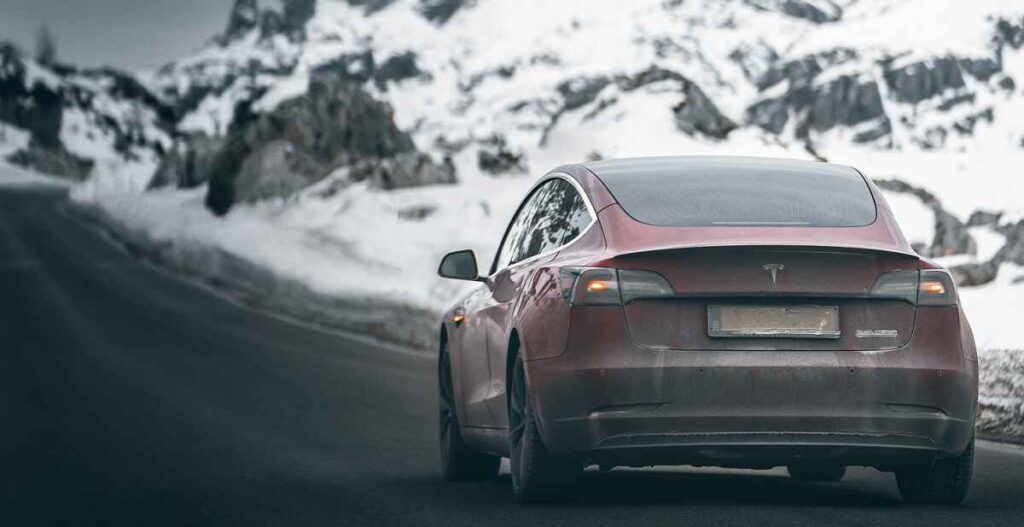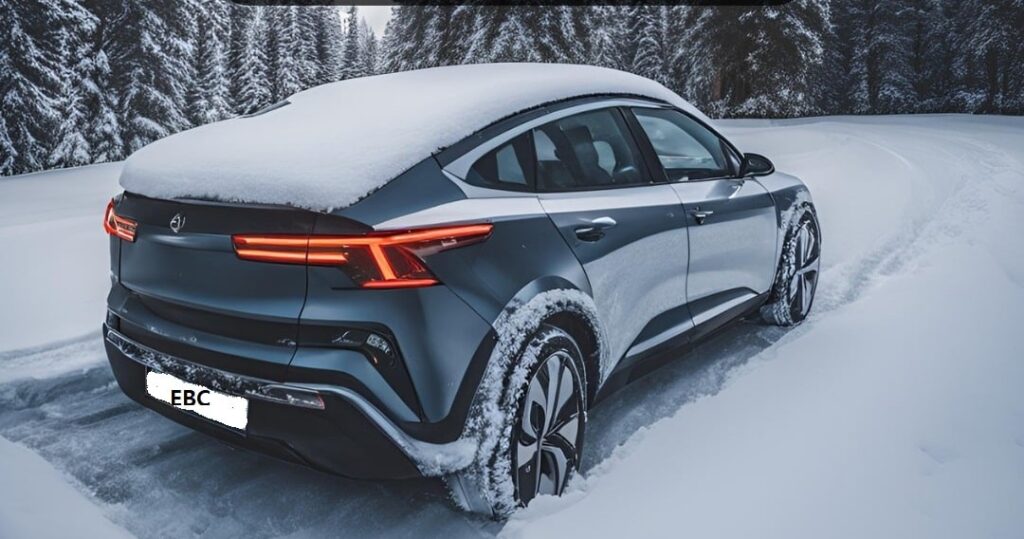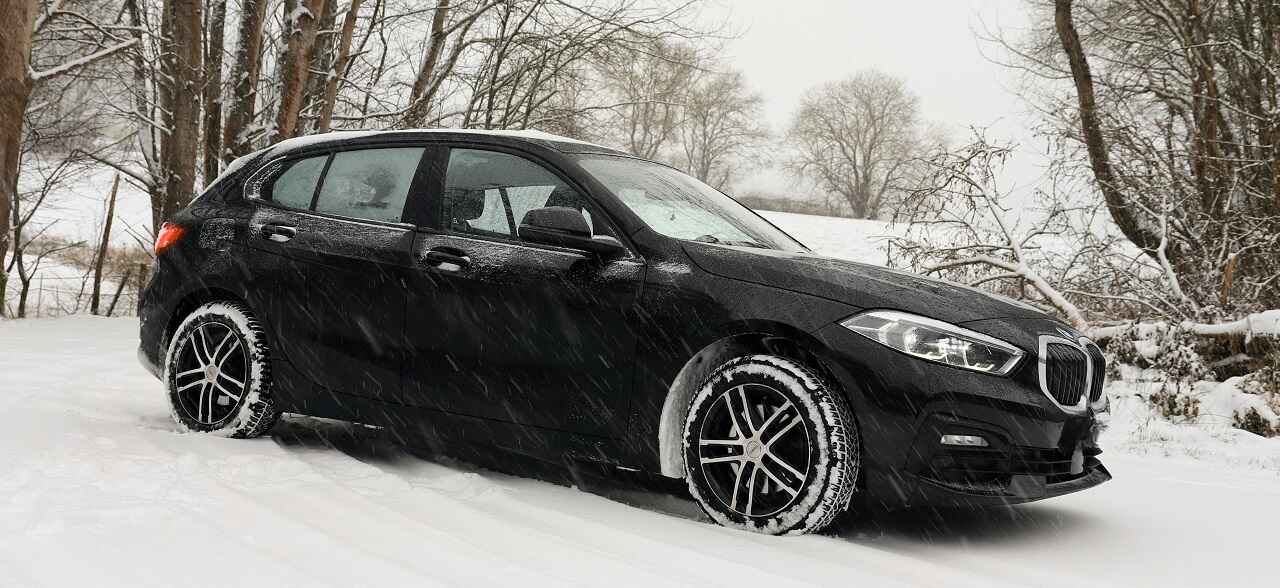Electric automobiles represent a promising trend in the shift toward efficient and sustainable transportation, with more consumers choosing EVs over traditional internal combustion engine vehicles.
Another revolutionary aspect of EVs is how climatic conditions significantly impact their luxury and functionality, particularly in less hospitable environments, such as cold climates. Although EVs are designed to offer optimal performance in various conditions, low temperatures can affect the range and efficiency of electric vehicle batteries.
Table of Contents
ToggleQuick Video Guide to Maximize Your EV Battery Performance This Winter!
In this quick 2-minute video, discover essential tips to boost your EV battery performance during winter. Let’s dive in!
Now that you have watched our short video, go through this blog to learn in detail about electric car battery life in cold weather, including its performance and how to manage drain effectively.
How Cold Weather Affects EV Batteries
The batteries used in EVs are lithium-ion batteries and are commonly known to be vulnerable to changes in temperature. The data also shows a large drop in an electric car’s driving range at low temperatures, charging dwindling. This is because the cold state gives a negative impact on the chemistry of the battery as it limits reactions of charging and discharging of the battery.
Batteries produce energy by chemical reactions and these chemical reactions occur most efficiently at high temperatures, and therefore deliver the best performance. But in cold climate conditions the reactions are reduced, and this has a direct bearing on the battery power. Therefore, the capacity of the vehicle to drive may not be as long as expected and charging also may take longer time.
Factors Influencing EV Battery Life in Cold Weather

There are various aspects that might determine how chilly weather impacts your electric vehicle’s battery. These include the chemistry and age of the battery, and the way in which the EV is employed during the winter months. Below are some key factors that contribute to the extent of battery degradation in winter conditions:
- Battery Type: Generally, lithium-ion batteries used in EVs are less efficient in cold weather or winters as compared to other batteries chemistry. Newer forms of batteries, like the solid-state battery may hold better at cold temperatures, but they are not substantially used commercially in the vehicle. To learn more about these battery types, check out our article on Solid State battery vs Lithium-Ion.
- Battery Age: An older battery pack is generally one that has lost some of its capacity, thus, can easily be affected by temperatures. Old batteries charge less and extreme conditions such as snowstorms affect the battery capacity and hence results in a lower range.
- Battery Capacity and Size: Those battery packs that are bulky or those that have efficient thermal regulation mechanisms, can withstand the cold climate conditions. Nonetheless, this is likely to be followed by a substantial decay in effective battery capacity if the battery is small or lacks adequate insulating layers.
- Driving Habits: Another fact about the battery is that the manner in which an EV is driven affects the EV battery in cold weather. Traveling in cold temperatures also drain the battery because it spends little time recharging between uses. This infers that in the course of the long trips, the temperature at which the battery is being used might be much better and thus the range loss will not be so much as in other short uses of the battery.
- Thermal Management Systems: Some of today’s EVs are equipped with special thermal management systems that regulate the temperature of the battery to that which is most suitable. It is said that these systems can provide some countermeasure against the cold by protecting the temperature and battery condition of the system.
Why EVs Lose Range in Cold Weather
The first and probably the most easily observed impact of cold climate on electric vehicles is a decrease in its range. Capacity or distance range means how far a vehicle can run based on its battery capacity. As you can imagine, EVs’ range will be cut by half, thirty-five or more in extreme cold, which is something that is well known to those that own such cars.
This loss of range occurs for several reasons:
- Increased Energy Demands for Cabin Heating: Unlike internal combustion engine vehicles, EVs do not preheat the cabin through the conversion of excess heat from the engine into heat for the interior, ventilation and air conditioning systems. At very cool conditions inside the cabin, more energy is used to provide heat and limited energy is available for powering the car. This puts an extra load on the battery capacity which consequently results in the loss of about 20 percent of range.
- Reduced Battery Efficiency: The cold inhibits the chemical reactions taking place within the battery making it less effective at holding and also releasing an equivalent amount of energy. This results in the fact that the battery cannot deliver as much power for the propelling of the car and therefore short range.
- Increased Rolling Resistance: It also impacts the cold weather on the road, and tire pressure. At subfreezing temperatures, which were typical in our wreck, outside temperatures penetrate the tire and it deflates to a certain level, making the road less friendly to traction. This leads to higher rolling resistance and additional energy, which has to be produced by the battery to keep up the speed and diminish, therefore, the battery life.
- Regenerative Braking Efficiency: Regenerative braking is the usual feature you find in most electric vehicles; it uses kinetic energy to generate electricity when the car slows down. One disadvantage of this system may be realized in cold weather because the battery cannot store as much energy as it would in warm weather, which in turn makes efficiency even poorer.
Tips to Maximize Electric Car Battery Life in Winter

While cold weather can undoubtedly affect EV battery performance in cold weather, there are several ways to minimize the impact and maximize battery life during winter:
- Precondition the Car: Pre-conditioning enables heating of the cabins and batteries before the car is plugged into the grid while relying on grid electricity rather than the car battery. This assists in conserving power charge, to guarantee that the automobile is in standby mode sufficiently charged enough to perform optimally when in use.
- Use Eco Mode: Many EVs have eco mode that adapts powertrain configurations to take less energy from the battery. As the acceleration sensitivity is reduced, and any unnecessary power is conserved, eco mode allows for the longest battery range possible in winter conditions.
- Keep the Battery Charged: Another thing that should not be allowed to happen is to let the battery go as low as 20% capacity in winter as this can make the battery deteriorate very quickly. It is better to maintain the battery at this level, between 20% and 80%, to keep it lasting for as long as possible and deliver a high performing current.
- Park in a Garage: To extend battery range, the driver should plug in the EV for recharging, park the EV in the garage or any other well covered area to increase the battery capacity. This will serve to ensure that the battery is at its optimum operation temperatures to avoid this much loss of performance as might be inevitable in cases where the battery’s temperatures are known to be too low or too high.
- Monitor Tire Pressure: Cold also means having low pressure of tires, pressure which results in higher rolling resistance and therefore less efficiency. During winter it is recommended to routinely check the tire’s pressure and adjust it according to the manufacturer’s recommended settings.
- Minimize Short Trips: The EV battery life in cold weather and short trips have a really negative impact. One should either perform all errands in a single long go or try doing multiple errands that could warm up the battery in order to improve its efficiency.
Advancements in EV Battery Technology for Cold Weather
The increase in demand for electric cars has made manufacturers to devote a lot of effort towards enhancing the battery, preferably for cold climate. Some of the most noticeable advancements in EV battery technology include:
- Improved Thermal Management Systems: Modern cars have effective thermal control systems that allow for maintaining stable temperature inside of the battery segment and increase performance in cold climates.
- Solid-State Batteries: It can be deduced that solid-state batteries are capable of delivering better performance during cold climatic conditions than the currently used lithium-ion batteries. These batteries are still in their development stage but are expected to bring some benefit in terms of energy density, charging time and resistance to cold climate.
- Fast-Charging Capabilities: There are some manufacturers developing solutions of reducing fast charging impact on battery range loss while providing battery warm charging to prevent reduced efficiency during the cold winter months.
How to Prepare Your EV for Cold Weather

If you own an EV, there is a need to prepare it for the wintry season, in order to make it as efficient as possible while operating in freezing conditions. Below are some practical tips for winterizing your electric vehicle:
- Check Battery Health: So before this season sets in, make sure you take your EV to be diagnosed for any possible problem with the battery. It can tell a professional on the condition of the battery and what needs to be done to service it.
- Install Winter Tires: Winter tires offer better performance in cold weather and in conditions such as on ice or snow. They improve tractive effort and are also advantageous in the general energy consumption of the vehicle.
- Update Software: Most EV makers offer over-the-air updates to enhance the car’s operation, some of which are for winter conditions that affect the battery.
- Use a Battery Heater: There are cars with a battery heater and those that can purchase one which is designed to warm the battery in cold climate conditions.
- Limit High-Speed Driving: The weakened battery capacity means that driving at faster speeds, especially in cold weather conditions, is certain to drain the battery. Reduce consecutive acceleration and stay at constant speed, this will increase your range significantly.
Conclusion
The disadvantage of electric cars is that they cannot work properly during cold periods of the year but they can be used all the time provided that certain precautions have to be taken. Thus, given that the development of EV technology is constant, batteries’ ability to handle winter efficiently will only get better. As these effects affect your car’s efficiency, the best way to deal with them is to learn about what influences the performance of your EV and apply measures that counter these changes to make your car run as best it can in whichever climate you are in.
FAQs
Most electric cars suffer a range drop of between 20-40% in cold weather depending on the temperature, battery type and model of the car.
Cold affects the chemical processes inside the battery and thus weakens the battery’s ability to store and deliver power. Also, cabin heating requirement and effect on other systems such as tires and regenerative braking also affect battery capability.

EV Battery Central is your trusted source for EV battery insights. We provide expert guidance on battery maintenance, recycling, replacement costs, and innovations in electric vehicle technology. Our mission is to empower EV owners with actionable information to make informed decisions.

